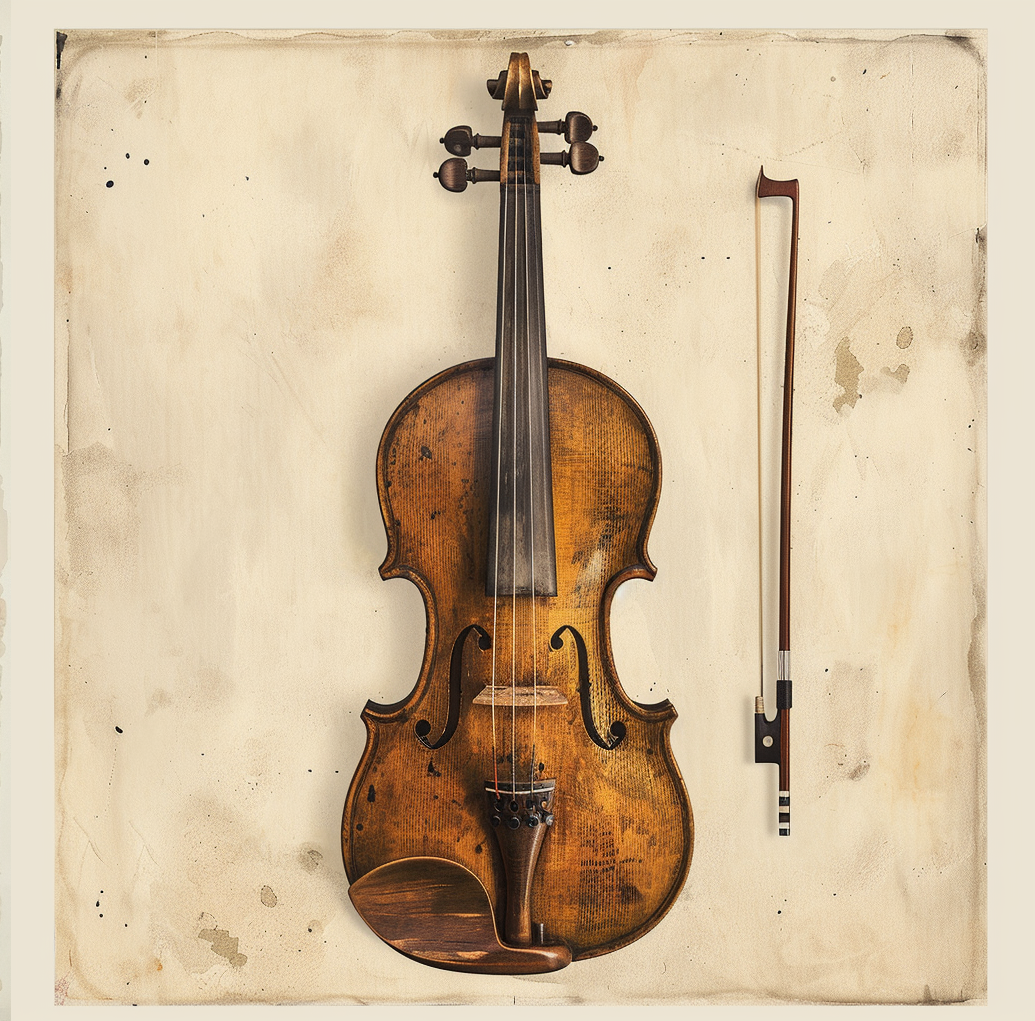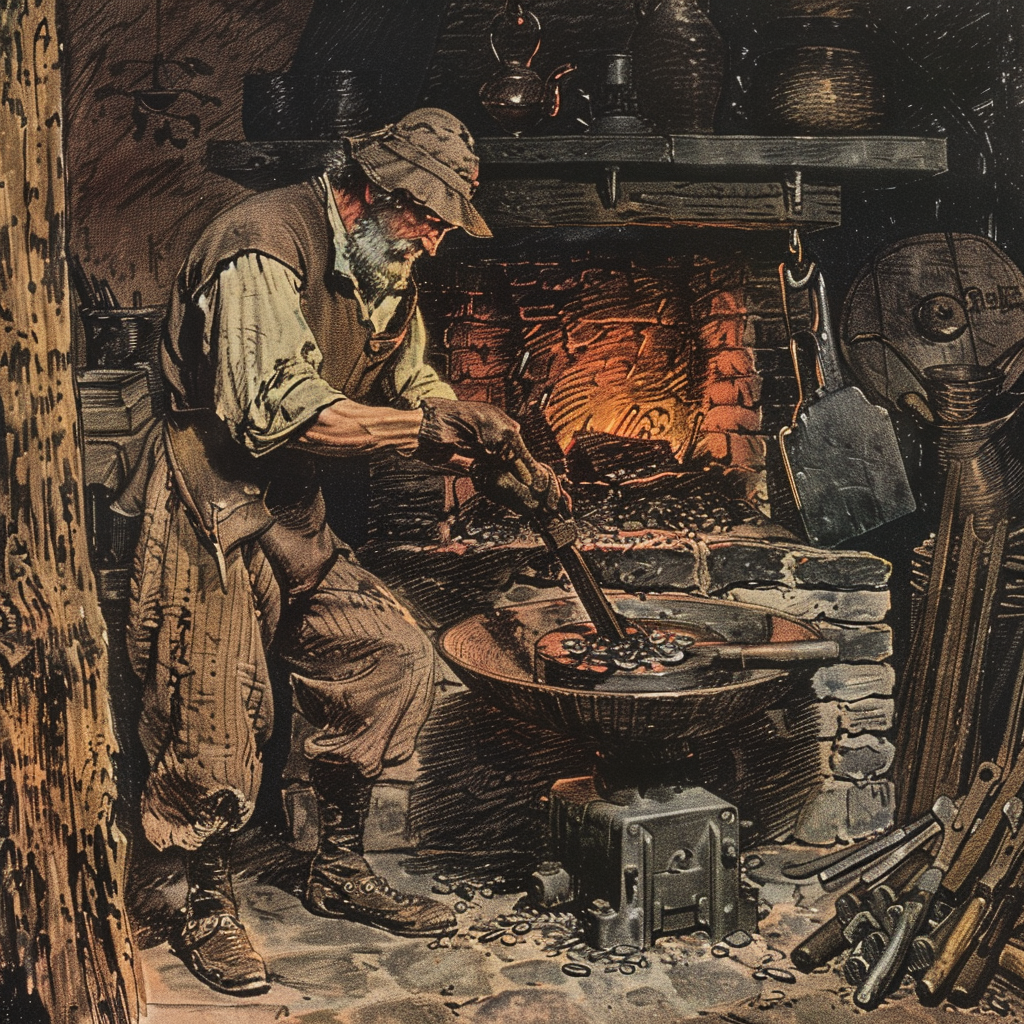Three Polish novellas grimmer than Grimm

Editor

related articles
The story behind this story
A few years ago, I was talking with a friend from Bulgaria. We were sitting in a café in the Krakow city center, each clutching a hot cup of coffee to warm our hands from the cold outside. And, from all of the things, we were chatting about our respective experiences from school. At some point, the conversation steered toward the books that we were required to read. And so, we talked about the classics, Bulgarian and Polish alike, the national eposes, the local fairytales. For the most part, it was a pretty standard chat between two bookworms.
That is, until one particular moment. I was in the middle of summarizing the plot and the gruesome ending of “Janko Muzykant”, a Polish novella I had to read from school at the tender age of seven or eight, when I noticed my friend had stopped drinking her coffee.
“Andy you guys were reading that when you were kids?’ she asked, her eyes widened in astonishment, ‘That’s pretty messed up!”
And, in all honesty, she was quite right.
It was at that moment when I realized...
The funny thing is, I didn't realize how drastic the plot was before that moment. Did the hero of the book end up meeting a horrible and cruel demise? Yes, he did. But so did the little girl in the novella “Antek”, as did Lampo, the canine main character of the classic children's story “The Dog Who Travelled by Train”. A childhood hero meeting a violent end was not something out of the ordinary for the eight-year-old me. To be frank, after Lampo's tragic but heroic death by the train – oh, the irony! the symbolism! – the mini-me didn’t have very high hopes for the life expectancy of other book characters.
Only after a friend from another country pointed it out, did I realize how truly and cruelly unique the Polish required reading curriculum is.
And so, here I am, years later, ready to share the many wonders of the Polish school system, one novel type at a time.
Novellas – a short prose fiction
Before we go into the details of each story, let us first remind ourselves: what is a novella, exactly?
The term novella comes from the Italian word novello¸ (eng. new), and is and is used for a work of fiction whose length is somewhere between a short story and a novel. According to the Science Fiction Writers of America, a novella falls somewhere between 17,500 and 40,000 words. Any more than that, you have full-fledged a novel, and below this word count – a short story (up to 7,500 words) and novelette (between 7,500 and 17,500 words).
Novellas are a unique form of storytelling as compact narratives that pack a powerful narrative punch. In Polish literature, novellas have held a significant place, offering glimpses into the lives, struggles, and, occasionally, triumphs of characters in diverse settings.
THE EXAMPLES
EXHIBIT A: "Janko Muzykant" by H. Sienkiewicz
The plot:

Set in rural Poland, the novella follows the story of Janko, a young country boy who has always been a sickly, feeble child. His greatest love is music - he listened to it in the nature. Janko dreamed of having a violin and would overhear a footman from a nearby manor playing it. One day, when no one was around the manor, he snuck in to touch the instrument of his dreams, but alas, luck was not on his side. He promptly gets caught, and then, well, you know, gets beaten to death.
The message:
At the heart of "Janko Muzykant" lies the theme of resilience in the face of adversity. Despite the obstacles he faces, Janko remains steadfast in his pursuit of musical excellence, finding solace and purpose in his art. In Janko's journey, Sienkiewicz exposes the harsh realities of class division prevalent in 19th-century Polish society. The author draws attention to the problem of the lack of access to education, particularly among talented children coming from the countryside, as well as its tragic consequences.
The unintended life lesson:
As you would probably read this novella at quite a young age, some of the more profound social messages in the text would probably end up going over your head. The subtle subtext would most likely get overshadowed by a more straightforward life lesson of:
“Huh, I never thought that learning an instrument might be quite as deadly. No, I’m not gonna practice violin, Mom! Why? Because violins lead to violence! I might just die!”
EXHIBIT B: "Antek” by Bolesław Prus
The plot:
 With Boleslaw Prus' novella "Antek", we are back to the Polish countryside in the 19th century. The titular Antek is a gifted child – just like Janko, and just like Janko, he wishes to rise above the realities of rural life. He tends to his sickly sister Rozalka and then proceeds to tend to the cows and pigs, all the while dreaming of the world outside of the village. Alas, if Antek only knew what fate awaited his family, he would have appreciated his family more, hugged his baby sister, and maybe even hugged the pigs, while he was at that.
With Boleslaw Prus' novella "Antek", we are back to the Polish countryside in the 19th century. The titular Antek is a gifted child – just like Janko, and just like Janko, he wishes to rise above the realities of rural life. He tends to his sickly sister Rozalka and then proceeds to tend to the cows and pigs, all the while dreaming of the world outside of the village. Alas, if Antek only knew what fate awaited his family, he would have appreciated his family more, hugged his baby sister, and maybe even hugged the pigs, while he was at that.
But sadly, Antek remains blissfully unaware that he is a hero of a Polish novella.
And so, the family’s already poor living conditions worsen, when Antek’s father dies crushed by a tree.
Then the tragedy strikes again when his ill and ill-fated younger sister is literally burned alive in a hot oven, where her mother puts her on the advice of a local witch doctor.
Just when it seems that life is improving after said series of unfortunate events – Antek becomes an apprentice to a blacksmith, and he turns out to be a very bright student – his master sees the young man as a competitor, and he dismisses the boy from his practice.
The message:
In all honesty, the overall message is startlingly similar to the one of the previous book: Prus draws attention to the access to education and knowledge, which again, results with the death of a child, this time somehow even more gruesome than the one before.
The unintended life lesson:
Don’t trust everything a doctor tells you to do, especially when there is a “witch” attached to the title. Also – you just couldn’t win in the 19th-century Poland, could you?
EXHIBIT C: "Kamizelka” (eng. “The Vest”) by Bolesław Prus
The plot:
 The titular vest was bought by the narrator for half a ruble from a Jewish trader: it once belonged to his neighbors, and now, serves as a last remnant of the sentiments they used to share.
The titular vest was bought by the narrator for half a ruble from a Jewish trader: it once belonged to his neighbors, and now, serves as a last remnant of the sentiments they used to share.
The said neighbors were a young married couple, very much in love. They led a quiet life in Warsaw, until the husband got tuberculosis.
When he started to lose weight, he would shorten one buckle of his vest so as not to worry his wife. At the same time, his wife would also secretly tighten the same vest, so he would not realize how much weight he is losing, and to give him comfort. In this way and out good intentions, they both deceived each other. After the husband inevitably dies, the woman leaves town, never to be seen again.
The message:
In all honesty, it’s a beautiful and sad story about love and devotion in the face of difficulties and even death. As far as novellas go, it’s a personal favorite of mine: it’s simple, symbolic, and, most importantly, no children were harmed during the plot of the story.
The unintended life lesson:
Lying in the marriage is a good thing. It could even be considered as noble! Right?
Sources:
Iapwe.org, “Word Count Separates Short Stories from Novelettes and Novellas”












